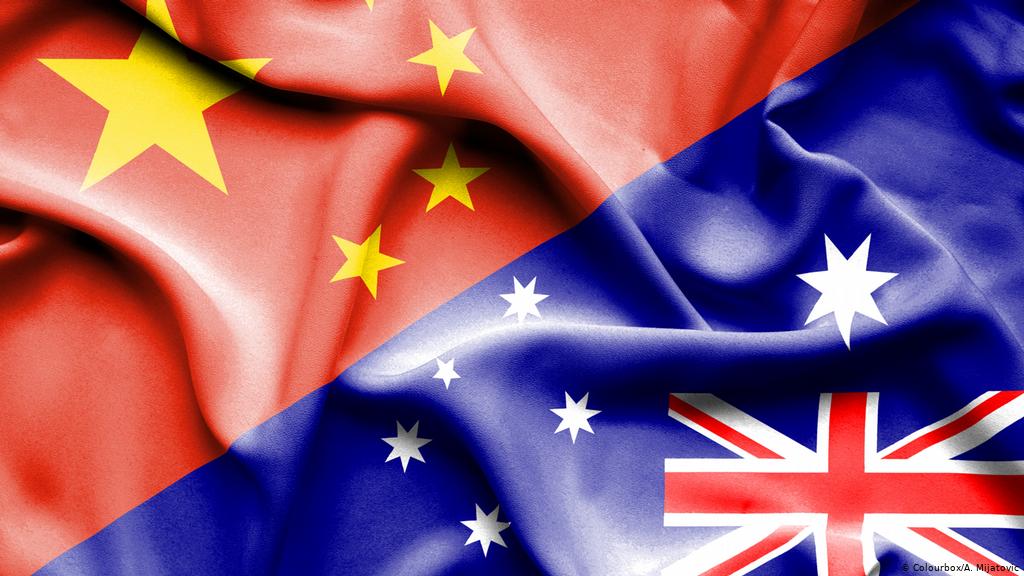China still Australia’s best grains customer as farm exports to People’s republic reach record high

Australian agricultural exports to China jumped more than 20 per cent to a record high of $16.6 billion according to a new report, showing the sector has no intention on diversifying away from its biggest and most lucrative customer.
The record export haul is extraordinary given a number of key agriculture products have been subject to harsh tariffs from China.
Barley has very recently had its trade ban lifted, while Australian wine, some seafood products and hay still face hefty tariffs and a trade ban in China.
The new report from Rural Bank using Global Trade Atlas data for the year to June 30 2023, shows China is by far Australian agriculture’s biggest market.
It was two and a half times more valuable than the next largest customer, Japan, which took $6.39 billion, and the United States which bought $5.63 billion worth of agriculture goods from Australia.
And it was good news across the board for Australian farmers with farm gate export values reaching a record high.
Export value was almost 50 per cent above the five-year average, totalling nearly $80 billion, a rise of $12.5 billion from the previous year and building on an $18 billion increase in 2021–22 financial year.
Rural Bank said the record was a result of a bumper grain harvest last year, with $31 billion worth of grain sold overseas, along with some high commodity prices.
Victoria retained its position as Australia’s largest agricultural exporter for the 2022 financial year, with a $1.3 billion lift in value to a record high of $18.7 billion, while WA jumped up into second spot with a 33 per cent jump to a record 16.2 billion on the back of its record grain crop.
The boost in exports to China was led by a 66 per cent or $1.5 billion increase in wheat exports; with beef, almonds and cotton exports to the Asian nation also increasing.
“China was the largest growth market in dollar terms for the second year in a row,” Rural Bank head of Agribusiness Development Andrew Smith said.
However, Mr Smith said China’s share of Australia’s total agricultural commodity exports has slipped to 20 per cent.
“And this has come off where it was back in 2019, [when] around 29 per cent of our exports were going to China.
“So obviously we’ve had to diversify.”
In 2022-23, China’s demand for Australian wheat jumped, overtaking long-term top buyer Indonesia as Australia’s largest customer.
According to Lachstock Consulting data, China bought a record 6.4 million tonnes of Australian wheat for the marketing year of October 2022 to September 2023.
This was followed by 3.49 million tonnes by Indonesia; Vietnam, 2.38 million tonnes; South Korea, 2.26 million tonnes; and the Philippines, 2.22 million tonnes.
Grains analyst Nick Carracher from Lachstock Consulting said this was a huge leap for China, which in 2019-20 bought “just a little over a million tonnes” of Australian wheat.
While Indonesia has always bought high-quality milling wheat, Mr Carracher said China is buying lower quality “downgraded wheat” which was common over the past two seasons after wet Australian summer harvest periods.
Mr Carracher believes Indonesia’s export share will continue to wane this year to less than 3m tonnes as the country increases its purchase of Russian wheat.
“From 2008 onwards it’s been rare [for Indonesia] to take less than three million tonnes of Australian wheat,” Mr Carracher said.
“Even with the conflict [in Ukraine], Russia is setting records every month on what they’ve been able to export.
“And while there’s some restrictions around how you can access [Russian] grain, if it’s cheap, Asian consumers are finding a way to buy it.
“I think now, China’s certainly the dominant Australian exporter,” he said.
What’s surprising about China’s rise as Australia’s number one wheat exporter is that this happened while barley trade ceased after large tariffs were imposed on the Australian grain.
However, since the announcement China would ease tariffs on Australian barley last month, the trade has roared back to life.
Rural Bank’s Mr Smith said there were reports a cargo of 300,000 tonnes of barley was currently en route from Western Australia to China.
Mr Carracher said while deals with China are not completely transparent, the trade estimates about 1 million tonnes of barley has been sold to the North East Asian nation from both last year’s crop and the one that’s still been grown.
“We don’t have complete line of sight over who’s done what. It is a bit of a guessing game,” he said.
“But over a million tonnes is pretty widely believed to have already been done in both old crop and new crop.”
Australian farmers are set to cash in. The trade revival has lifted old crop WA feed barley values about $100 a tonne to about $380/tonne, and by about $60 a tonne in other barley-growing states such as South Australia and Victoria.
Read also
Wheat in Southern Brazil Impacted by Dry Weather and Frosts
Oilseed Industry. Leaders and Strategies in the Times of a Great Change
Black Sea & Danube Region: Oilseed and Vegoil Markets Within Ongoing Transfor...
Serbia. The drought will cause extremely high losses for farmers this year
2023/24 Safrinha Corn in Brazil 91% Harvested
Write to us
Our manager will contact you soon



